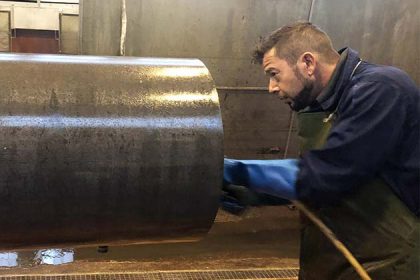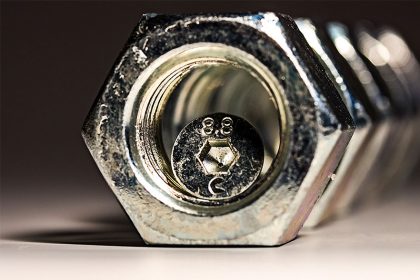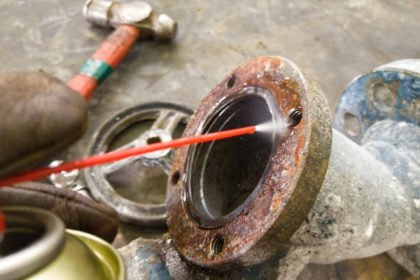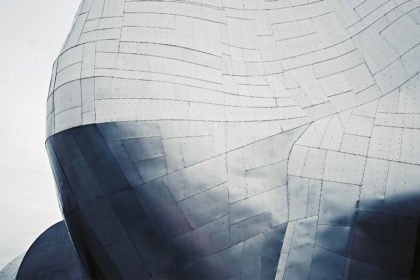Welcome to the blog section of Bama, where you can the answers to frequently asked questions about the world of metal finishing and all that gravitates around this issue.
Bama like to talk about our production techniques, materials used and the professionals who work with us. We believe in transparency as an added value to the quality and innovation of our services.
In 1996, the European Union decided to establish some principles of integrated pollution prevention and control (IPPC).
Pickling and passivation in light carpentry, in order to produce products in a workmanlike manner, require professionals to carry out some fundamental preliminary steps.
Stainless steel machining is a concept we take for granted today. All around us, every day, all day long, we are surrounded by stainless steel objects.
Oxygen is a natural element, which is however used in numerous industrial and production sectors, both as a raw material and as a primary element for the production of more complex molecules.
Chemical treatments can be of various kinds, but they are all united by the use of a wide range of technologically advanced equipment





